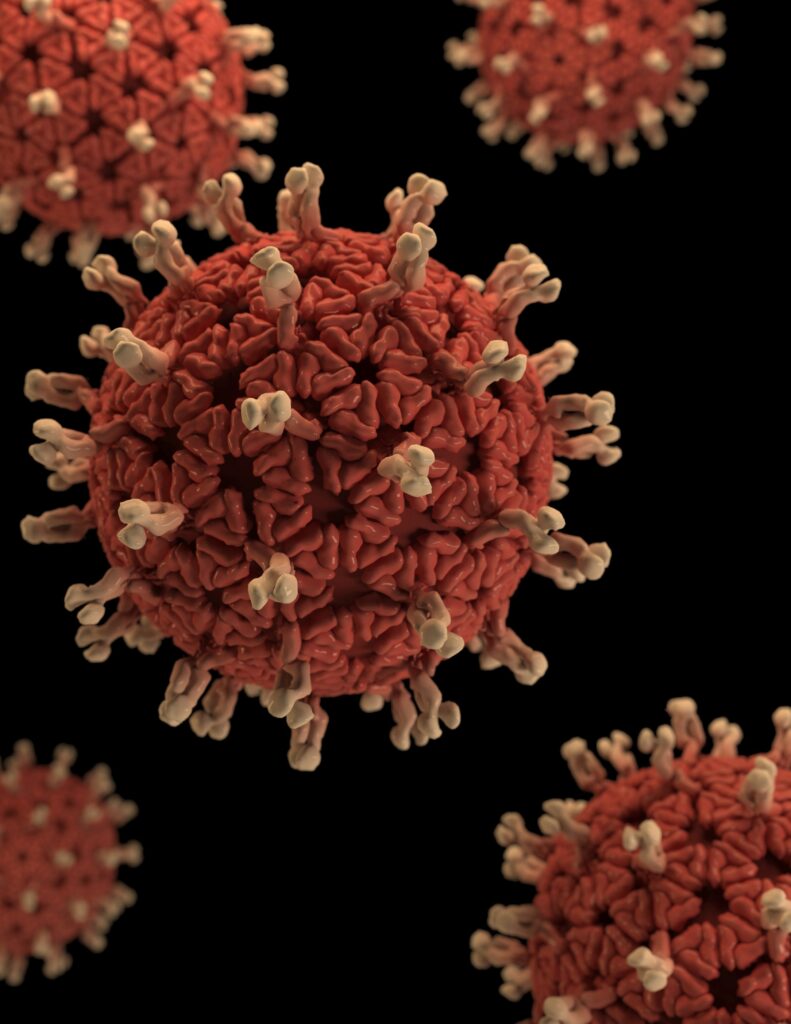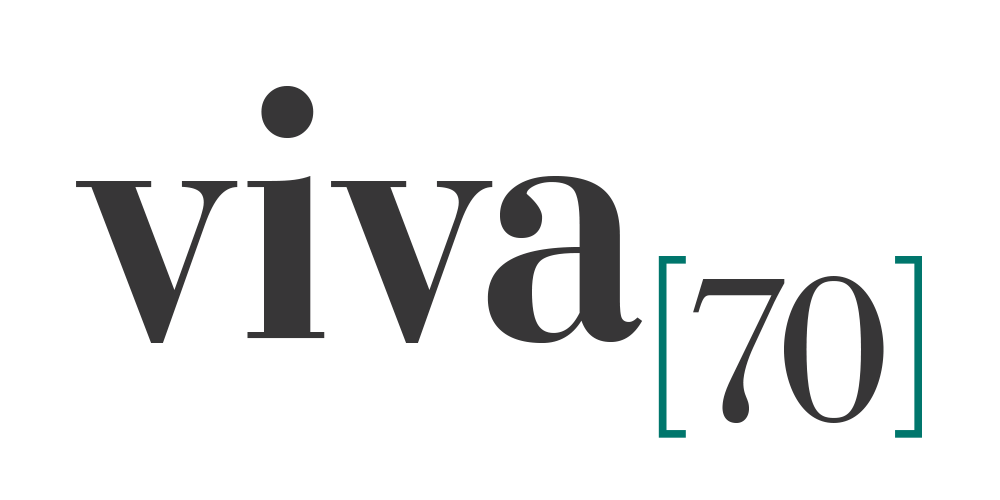
This article was written in July last year (2020) based on research I did on health modelling of previous pandemics. Although we’re heartily sick of Covid conversations it is interesting to look back in hindsight and see how useful predictive modelling is. Which scenario do you think meets a fair description of where we are in reality 6 months down the track in our Covid reality? I think scenario 2 is a good description. What do you think?
This is what I wrote in July last year……
Melbourne is back in lock-down and Covid-19 numbers are rising dramatically in Victoria. The pariah state. Other “healthy”states trap shut their borders and carefully managing the flow of freight, Aussies returning from overseas and quarantine while tentatively opening up their lives. Melbourne mid winter is mostly grey and moody and on the nightly news we glimpse Queenslanders beach-side in sunshine. Like kids in the school yard staring through the fence at freedom.
It seems endless and I have a nagging feeling that while isolation feels like we have conquered the beast, it’s a illusion. As soon as we engage with each other- whether locally or globally, we’ll be fighting outbreaks of Covid-19. Life has become a numbers game until a vaccine is found. Even when a vaccine is found there will be a global competition between the most powerful nations to access enough supplies and to control supply lines. Less powerful nations will need to rely on humanitarianism to secure their place in the queue. But I’m not an expert so this week I researched some of the future scenarios developed by experts. My questions focused on Where is this all headed? What does a post-covid world look like?
Scenario planning is a widely used technique in business, social, health and economic modelling. It’s a technique of forecasting in which key variables and data are identified around a problem and from that various models are developed to reflect alternate realities. It’s a great way of exploring options and alternatives when dealing with a problem as complex as Covid-19 and its impact.
How will the Covid-19 pandemic play out over the next 2 years?
The University of Minnesota researched this questions drawing on data from 8 previous pandemics such as the Spanish flu, Cholera, Polio and even the Black Death. Given that herd immunity is unlikely, (whereby 70% of the population would have had to be infected) what are the other scenarios of how the pandemic will play out if a vaccine is not found and herd immunity is not viable?
Rachael Rettner on Live Science reports on the University of Minnesota study. There are 3 scenarios for how Covid-19 could play out in the next 2 years.
Scenario 1: A big wave of infections followed by smaller peaks and valleys in specific geographic areas. The virus will gradually diminish in late 2021
Scenario 2: A Large wave of cases followed by another large, 2nd wave of cases and then gradually smaller more isolated waves late in 2021. This was the pattern of the 1918 flu epidemic.
Scenario 3: A first large wave is followed by a continual slow burn of cases- spot fires rather than generalised waves- spot fires, lock downs continual for 24 months
We don’t know which scenario will actualise but health experts are suggesting that in Australia it looks like a caterpillar progression of minor waves after the initial first major impact (scenario 3)

What will life look like in 2023?
To answer this question I looked at recent scenario planning research conducted by international management consultants Heidrick and Struggles. Their particular focus is the world of work but also wider social implications. It’s an interesting study and very detailed. They took into account technological, economic,social, environmental , health, political and regulatory and competitive data. They used an extensive survey of 40 business leaders, identified 70 potential forces and 30 trends.that will impact scenarios. Here’s a summary of the 4 scenarios they built of what life could look like in 2023.
Scenario 1: Digital Enclaves
The virus is mostly controlled and the economy comes back to life. But it’s volatile. After the new ways of working since the pandemic people prefer virtual interaction with some small group activity but large floors of work space are abandoned. There’s an aversion to high risk jobs such as medical and policing. The focus is local and national interest and looking after ourselves rather than expansion globally. There’s less flow of people, goods and resources across borders. The ” Digerati”ie those with high level technical and research skills are highly prized in the job market.
Scenario 2: The Growing Divide
In this scenario the government is eventually able to control the spread of the virus however there is a prolonged recession as people fear its return. National protection policies backfire. Industries consolidate as companies struggle to be viable. The digital divide grows. There is massive unemployment, and people lose confidence in government policies and capacity to rebuild. There’s a tribalism and low tolerance for diversity and difference. Crime and social unrest escalate.
Scenario 3:Tech. Powered Humanity
The virus is well controlled and the economy springs back to life. People crave human interaction but this is balanced with virtual interaction that has become a way of life since the start of the pandemic. Companies have become more efficient and technology enabled. Institutional trust is slowly returning and the private sector fuels growth. Science and technological innovation are at the forefront. Global markets start to open up but alliances are recast and reshaped.
Scenario 4: In this Together
The Great Lockdown means that social distancing continues. The challenges of prolonged impact of the virus result in clusters of global community. Trade, travel, jobs and aid are focused in these clusters. The focus is regional not global. There’s government bail out of major industries. Closing the digital divide and upskilling people is a priority. Citizens have high expectations of their government about transparency and working for the social good. There is significant public and private participation in science and technology.
What does all this mean?
While these scenarios scope different likely futures, we don’t have a crystal ball. Heidrick and Struggle believe scenario 3 is the most likely for 2023. During the pandemic we look to our scientists and frontline/ health workers with a renewed high regard and this will continue. Borders and boundaries of the healthy and the sick, the first world and the third world are more sharply defined. The competition for health resources globally has become a way of life. The digital divide has created a new definition of have and have nots. Internet banking, cashless shopping, online shopping, Skype, Facetime and Zoom medical appointments, learning and social engagement and a high speed reliable internet connection will discriminate those who can adapt and thrive and those who are left behind.
Glibly we say, the world will never be the same again post covid but it’s true.
What does this mean for you and me?
- Health and well being is no 1. It’s an investment that isn’t optional.
- Be Digital savvy……..if you want to connect with the family, friends, agencies, government, arts events you have to be tech savvy
- Keep learning- read and explore a range of opinions not just the same news paper. Learn new skills and language and don’t get left behind. Think about the new language of 2020- pandemic, hotspots, herd immunity, flattening the curve, eradication strategy, suppression strategy, lock- downs etc etc
- Live conservatively for now – renegotiate energy contracts, stock take your spending and investments. Don’t embark on major home renovations unless you have a stable financial base.
- Keep socially connected…develop new rituals and ways to connect with friends and family- this is a long haul
- Give back- find ways- big and small to contribute. There are so many struggling in our communities.
- Seek out joy, calm, gratitude and inspiration – music, nature, hobbies, pets, conversations, garden projects, baking…
- Find purpose every day. Set goals and intentions and find meaning in your life and help others do the same.
” He who has a WHY to live for, can bear almost any HOW.” Nietzsche
Words by Nora Vitins Images with thanks, Pexels.

You are amazing!!!! Great article!!
Love your work!!!
Thanks Ev…….it’s the question we’re all asking…what will life be like?……Happy Lock-Down No 2….xx Nora